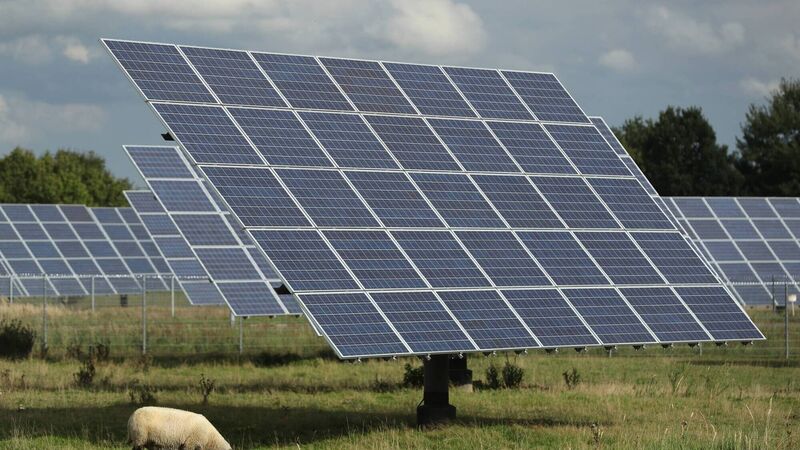Solving the puzzle: Integrating renewable energy technologies on the farm

According to Teagasc, the demand for renewable electricity is going to increase and farmers will have a key role to play in that. Picture: Getty
Try from €1.50 / week
SUBSCRIBEThere is a “jigsaw puzzle” of technologies out there that can be hosted and deployed on farms for individual energy consumption needs, says Barry Caslin, Energy and Rural Development Specialist, Teagasc.
There are opportunities for agricultural supply chains, for farmers to sell renewable heat and for biomass trade centres that will create a relationship between the grower and the consumer.
Newsletter
Keep up-to-date with all the latest developments in Farming with our weekly newsletter.
Newsletter
Keep up-to-date with all the latest developments in Farming with our weekly newsletter.
Newsletter
Sign up to the best reads of the week from irishexaminer.com selected just for you.
Newsletter
Keep up with stories of the day with our lunchtime news wrap and important breaking news alerts.
Wednesday, November 19, 2025 - 10:00 PM
Wednesday, November 19, 2025 - 4:00 PM
Wednesday, November 19, 2025 - 10:00 PM
© Examiner Echo Group Limited